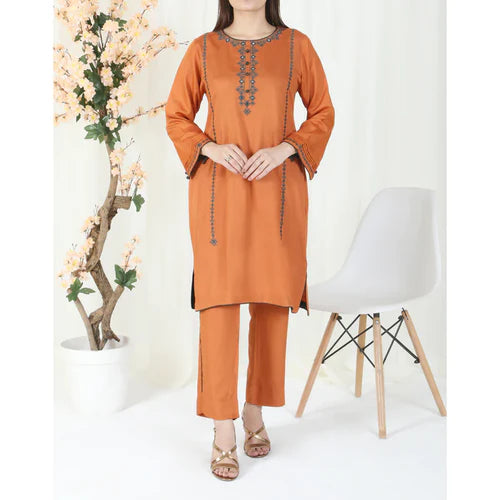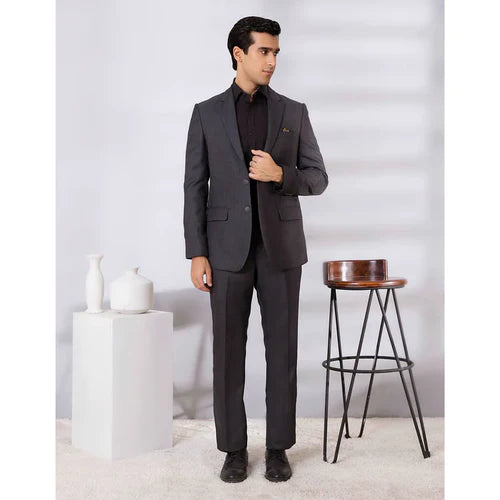
Kurta for Girls: Traditional Chic
History of Kurta for Girls
A kurta is a loose shirt or a blouse that has been worn for many centuries in South Asian countries. This is a perfect example of ethnic wear which has spread to other parts of the world. The origins of the popular traditional garment, the Kurta have been dated back to the Central Asian nomadic attire, or upper body garments. From the late ancient period or the early medieval era, this piece of clothing for girl’s fashion has greatly evolved over time, with its popularity in the regions of South Asia, where it is worn as a part of the everyday outfit but also for special occasions.
Fabric/Material of a Kurta
A traditional kurta is typically made of silk or cotton. There are different types of kurtas - some are plain and some have embroidery, such as chikanari; which can be loose or tight fitting.
The length of a kurta varies – there are commonly long kurtas to the knees and some are short which are often referred to as ‘kurtis’.
As for the overall look of the kurta, both the front and the back are rectangular pieces of cloth that are of the same size or with the latest trends, one is bigger and one is smaller, typically the back one. The side seams are open at the bottom as a distinguishing design of a traditional kurta and also for room to move around.
In the modern era, with the increasing usage of a kurta in daily life, the material or the fabric for a kurta is different for the summer and winter months. The Kurtas worn in the summer season are commonly made of light cotton or thin silk fabrics. As for the winter season, to tackle the cold, the kurtas are designed with a thicker material such as wool, cambric, or a rare choice - Khadi silk. This is a handwoven silk, that also uses other fabrics such as cotton and wool which are mixed together.
What to wear and how to style a Kurta for girls
For a traditional kurta look, a plain shalwar, trousers, or a churidar pajama is worn underneath the kurta. A well-known fabric used for pajamas is linen or cotton for all-year-round wear. Nowadays, the new generation wears short kurtas over jeans, a concept that has been popularized in Western countries too. these include printed shirts or embroidered ones in different colors. Matching color pants, printed sets, or pants with patterns or designs similar to the kurta are popular choices for girl’s fashion in today’s era.
An important clothing item that complements a kurta well is a Dupatta. This not only adds a modest look to the traditional kurta but also a layer of gracefulness to the overall look. A dupatta with a kurta - whether it is formal or not can be styled in different ways. It can be worn as a headscarf, around the neck, or on one side of the kurta. The dupatta can be a matching set with the kurta – similar in terms of color and designs or you can opt for a basic-colored dupatta that goes well with different kurtas. A fancy dupatta can also add a pop of color and design to a plain kurta and pajama.
You can also style your kurta with some accessories. Just as jewelry is a powerful statement to an outfit, it is the same case for a traditional kurta! These include necklaces, earrings, bracelets, and brooches. Such accessories can really elevate your whole look, especially for formal occasions. For the ultimate desi look, choose jewelry such as jhumkas, bangles, etc. to finish the look!
To add design to your Kurtas, you can add a range of items such as tassels, lace, buttons, and other items. Buttons can be of plastic or wood – they are commonly a part of the kurta that is placed in the front part of the shirt. Some buttons also add a stylish look to the kurtas as they are made of jewels or other decorative pieces in different shades.
You can shop from the best women's collection online at Vohra and Saigol.


